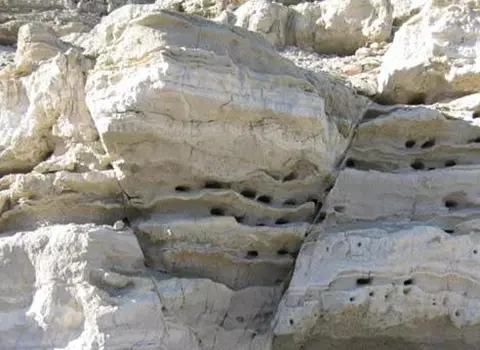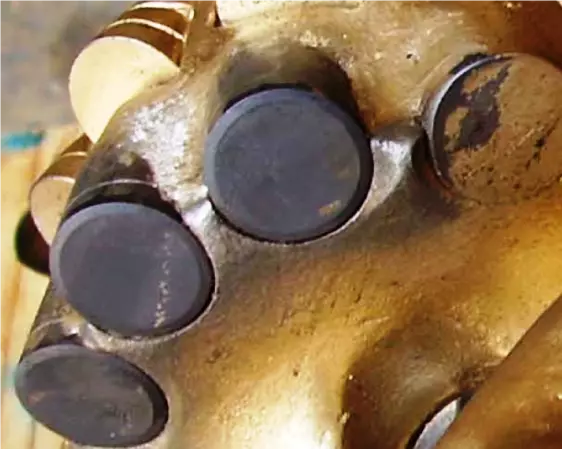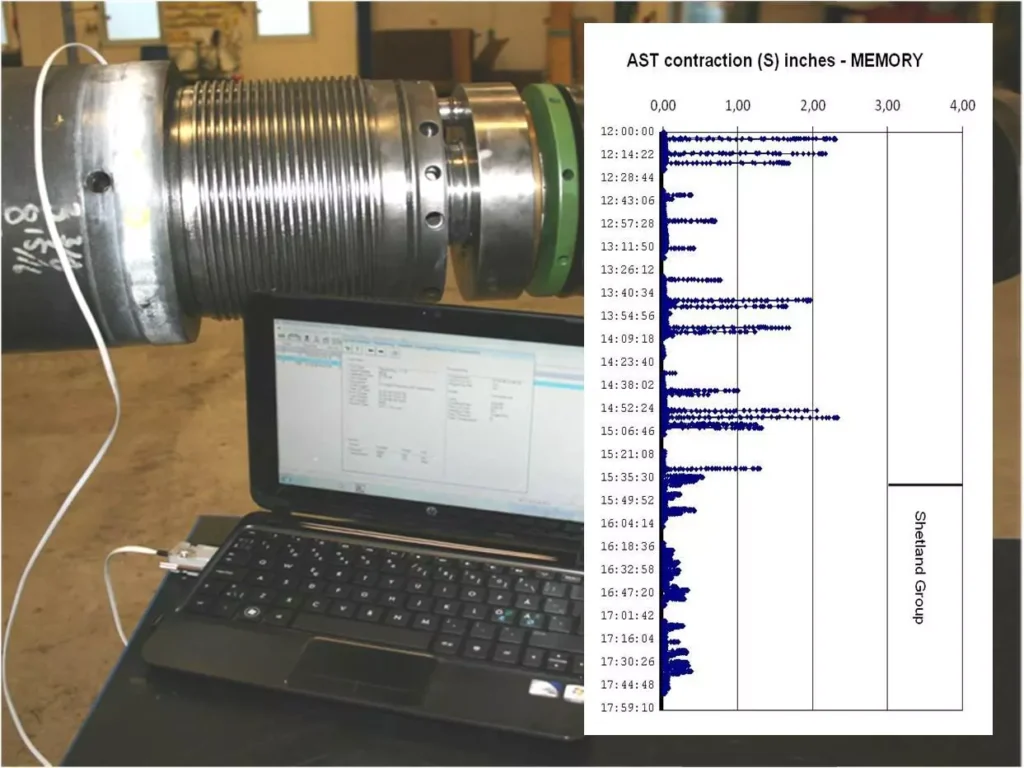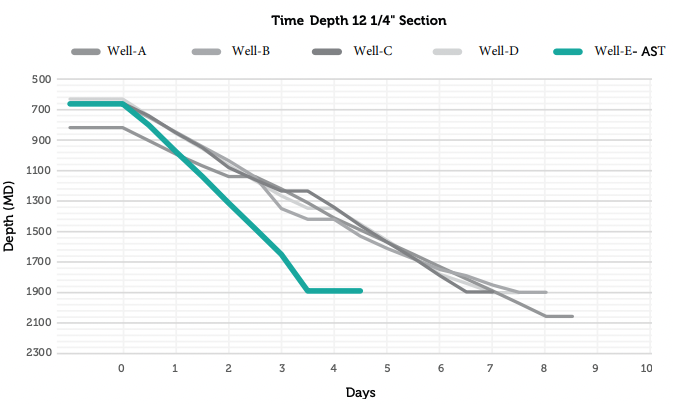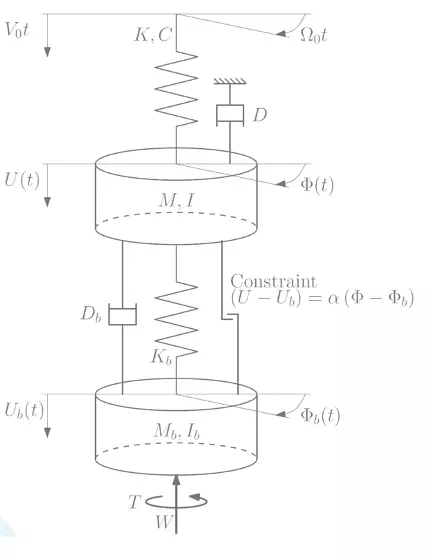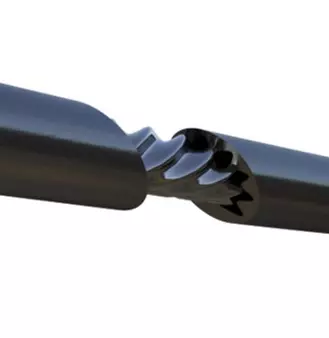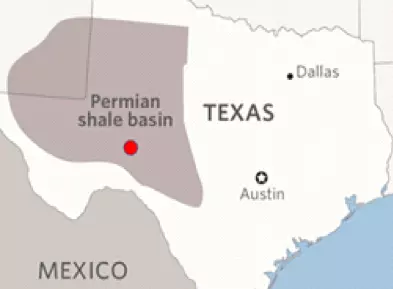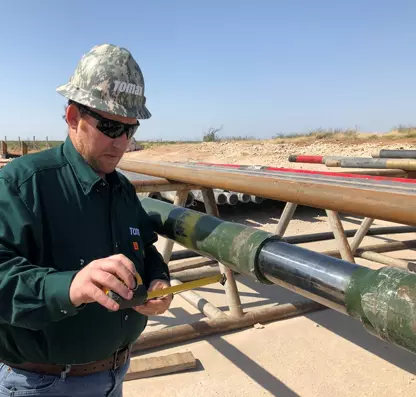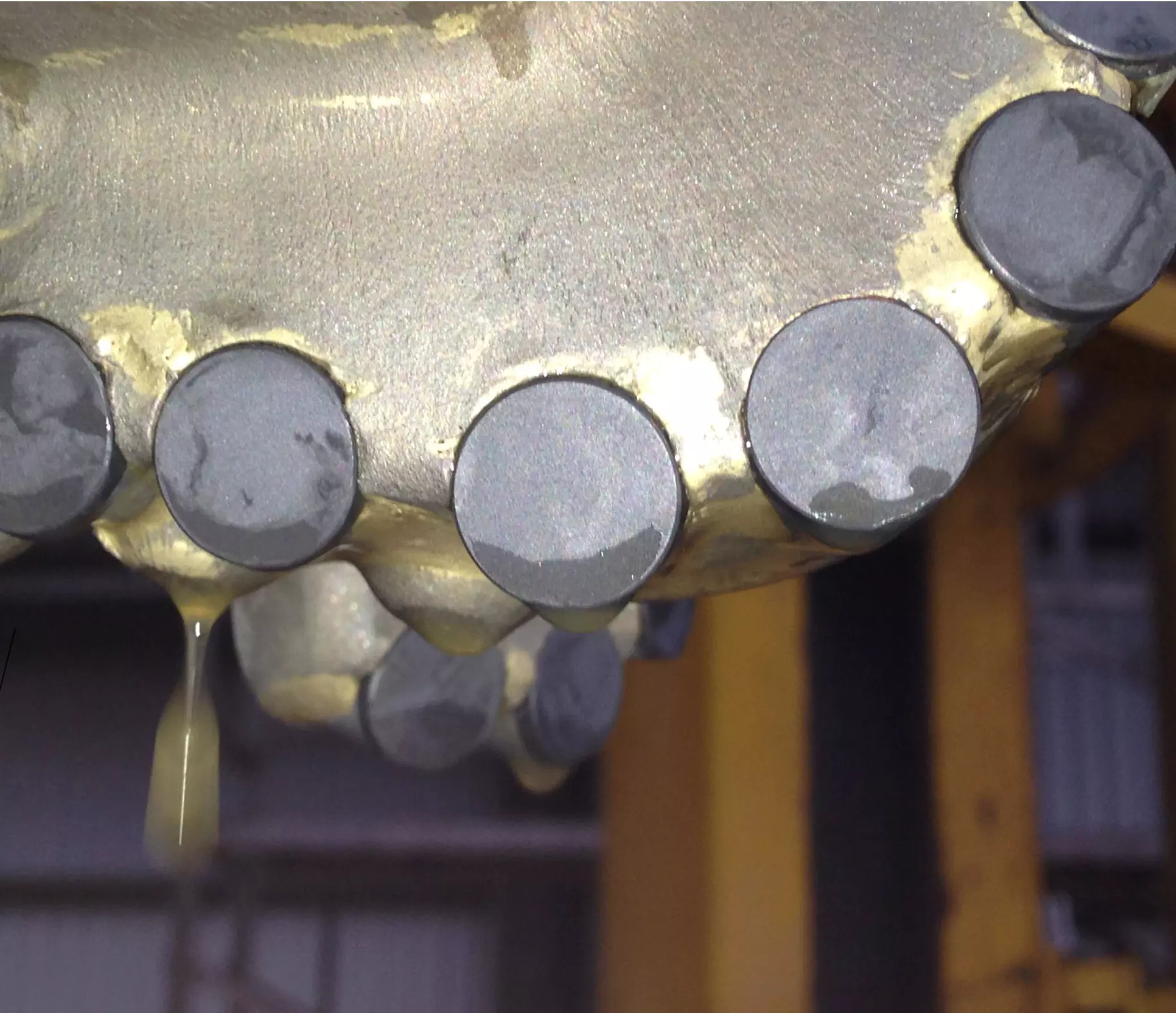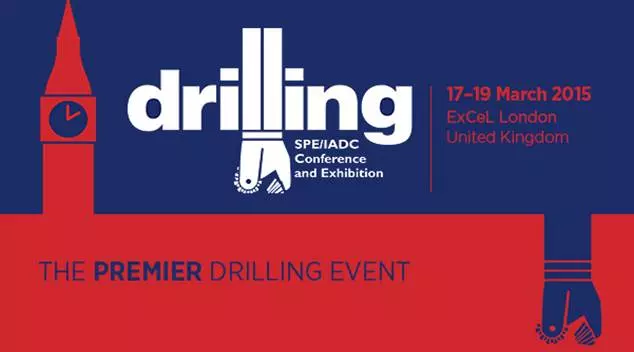Drilling hard carbonates is often a costly affair with slow ROP and equipment damage. At the international IADC/SPE Drilling Conference in London 2015, Norwegian operator Det norske together with a joint team of suppliers including Tomax presented a paper on how to drill these hard carbonates with fast ROP.
FACTS
Tool
8 ¼” X-Series AST
Field
Central Northsea (Exploration)
Country
Norway
Field
Valhall Flank
Section
12 ¼ vertical
BHA
Bit – RSS – Motor – MWD – AST
Abstract
Large areas of the North Sea contain the Cretaceous period of sediments which comprise of a massive hard layer of chalk that historically has posed a major drilling risk and expense to operators in the area. To mitigate expected problems an integrated team was gathered to thoroughly analyze drilling records and lessons learned from previous offset wells and re-engineer the drilling process with the aim of minimizing cost and uncertainty when drilling the most challenging chalk interval.
The paper presents the hypothesis that formed the basis for the team effort, and the measures implemented based on said hypothesis. This includes an unconventional bit selection and the use of modern vibration measurement technology and mitigation techniques, as well as a key electro-mechanical modification of the advanced logging and directional suite completed by the lead service provider. The discussion and reasoning behind each step is included and the method was repeated in several wells with the same results, verifying the validity of the findings and making the paper a valuable input for drilling hard chalk.
The nominal result from applying the new methodology was a doubling of the rate of penetration (ROP) in the harder layers, and the entire section of problematic strata was drilled in one single bit run. Drilling time was reduced by 12 days when compared to average figures from recent offset wells representing an estimated cost saving of 15 – 20% on the overall well budget. The method and savings presented are primarily of interest to stakeholders in the central North Sea, but can also be applicable to other areas with hard chalk and stringers with similar characteristics.
The full paper is available here
